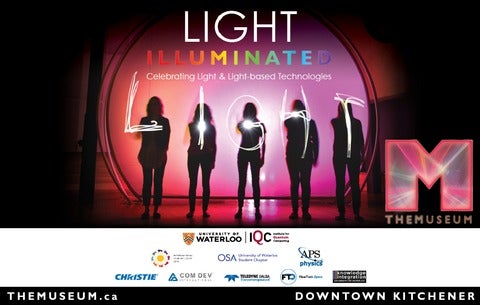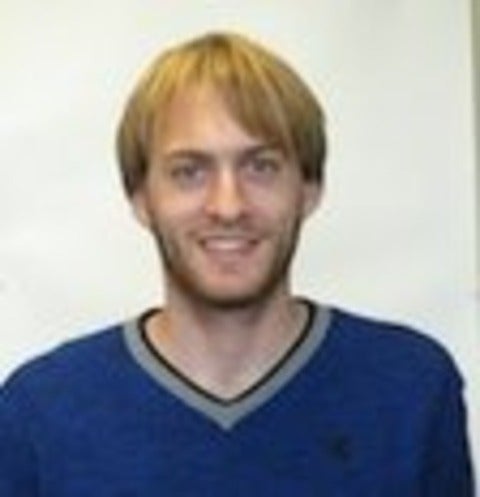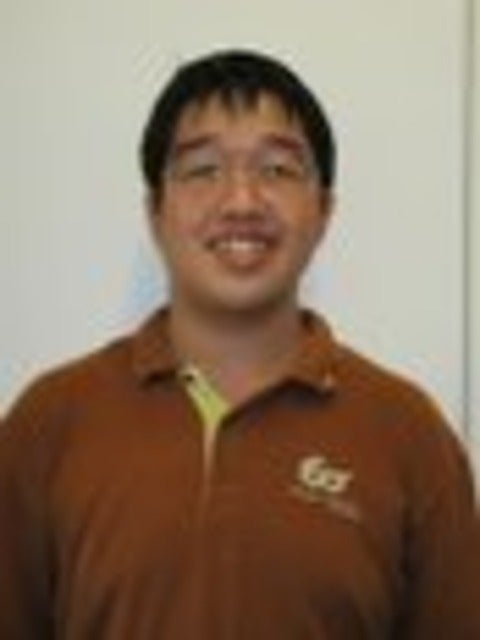MSc Thesis - Anirudh Krishna
Anirudh of the Department of Physics and Astronomy will be defending his thesis:
Experimentally Testable Noncontextuality Inequalities via Fourier-Motzkin Elimination.
Jihyun is supervised by Professors Joseph Emerson and Robert Spekkens.


 Sean Walker of the Department of Chemistry will be defending his thesis:
Sean Walker of the Department of Chemistry will be defending his thesis:
 Poompong Chaiwongkhot of the Department of Physics and Astronomy will be defending his thesis:
Poompong Chaiwongkhot of the Department of Physics and Astronomy will be defending his thesis: